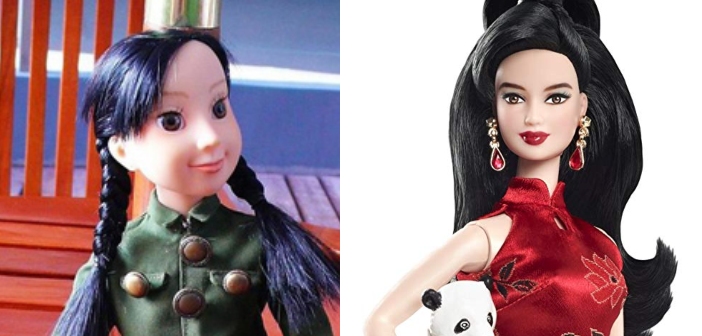Beijingkids has been an essential family resource for Beijing international families since 2006. And just as kids grow up in the blink of an eye, Beijing has grown and changed almost beyond recognition in that time. In Throwback Thursday we jump in the time machine, traveling through our 14 year-strong blog archives to dig out the most entertaining, fascinating, and thought-provoking stories for your reading pleasure. Ready? Let’s go…
Do you remember Fisimi dolls? Unfortunately, neither do we. Which is a shame, because the Chinese-made dolls, which were named after the fifty-six ethnic minorities of the 民族 mínzú, nation (fi–si–mi, geddit?) seem like a pretty cool counterpoint to “the blonde hair and unrealistic body type of the US’s iconic Barbie doll”, as our writer put it back in July 2010.
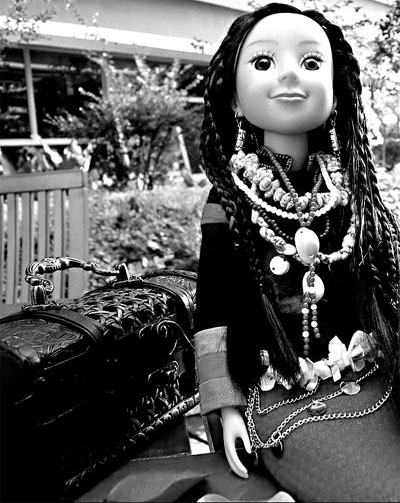
A Luoba ethnic Fisimi doll, with the long braids that are typical of this Southeast Tibet minority
Fisimia Doll company founder Ju Xia, who is described in the China Daily article as a senior executive of an unnamed Hong Kong-listed company created the dolls in response to the booming economy, and increasing international attention about Chinese culture. Seeing how popular American barbie dolls, and “Japan’s expensive SD dolls with their with exaggeratedly large eyes and long eyelashes” she apparently wanted to create a doll that would actually represent China.
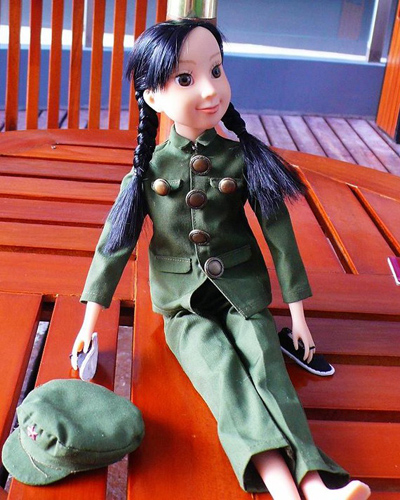
A Zhiqing Fisimi doll in attire typically worn by rural workers from the ’50s to the ’70s
Ju and her colleagues appeared to take the accuracy of the dolls very seriously, traveling all over the country to research the different ethnic minorities and ensure that “every detail of the dolls was true to the facts and traditions as well as to avoid any of the taboos found in local religions and culture.” Yet, somewhat predictably, their simple mission to make dolls that would represent China became extremely complicated.
During their research, they reportedly became aware of how much of traditional cultures, traditions, and skills of these minority cultures had been lost over the years. This appeared to influence the philosophy behind Fisimi dolls for Ju, who pushed to directly employ minority craftsmen and artisans in an attempt to bolster their livelihoods and help preserve the rapidly disappearing traditions. Yet even with these pure intentions, getting minority craftsmen to divulge the secrets of their trades (so that they could be employed to make doll-sized versions of traditional jewelry for example) was no easy task. Not to mention the difficulty of representing one ‘typical dress’ per ethnic group, which may choose from hundreds of different kids of different ceremonial robes and jewelry to be worn on different occasions.
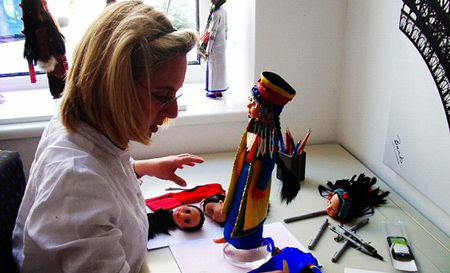
An artisan works on a detailed Fisimi Doll costume
Ju also appears to have taken a feminist slant to the dolls, whose “confident smiles” are a far cry from ” beautiful but shy and conservative Chinese girls such as the cartoon character of Hua Mulan or females featured in Zhang Yimou’s films.”
Color us impressed. Yet unfortunately, it appears Fisimi Dolls were a short-lived venture and seem to have fallen totally off the radar shortly after being covered in a long article in China Daily. Their Twitter page, while still active has not had a post since Feb 2010, the company website is unresponsive. Our other amateur sleuthing attempts to find out what happened to the company have also failed.
These days, there are a few different companies making Chinese-inspired dolls, both inside and outside the country, but none with the rather noble philosophies that the Fisimi brand embodied. Least of all Mattel, which still sells a couple of ‘Chinese’ Barbies which are as tone-deaf as you’d expect. For now, it seems little girls growing up in the Middle Kingdom will have to find representation of strong, powerful Chinese women elsewhere.
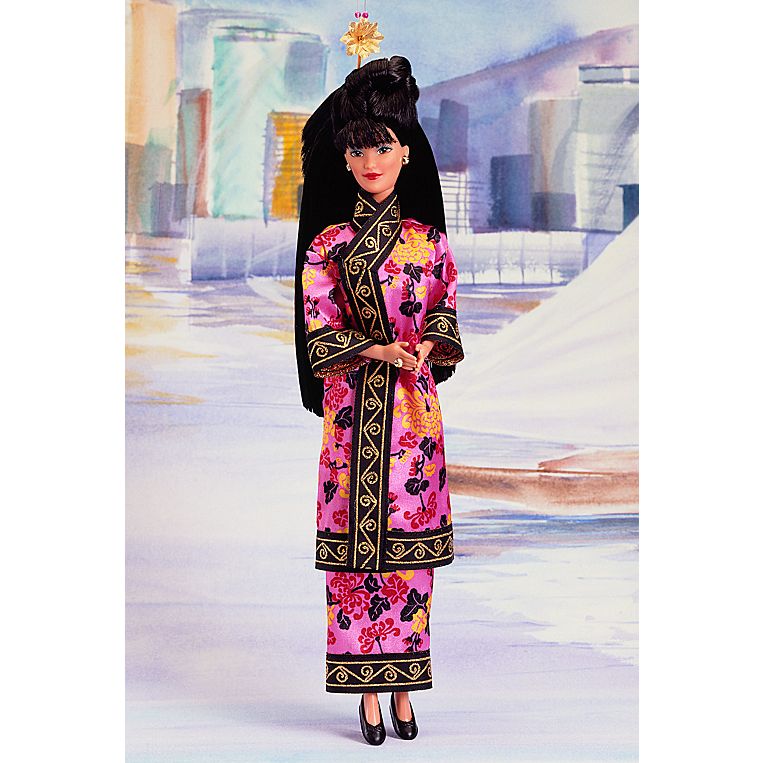
According to Mattel, their Chinese Barbie doll “exudes the simplistic grace of the Chinese culture”
You can read our original 2010 article here.
KEEP READING: How to Post and Promote Your Event on beijingkids – For Free!
Images: Unsplash, via China Daily, Mattel

